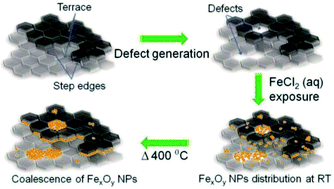We have made changes to the process of saturating the ESEM filament. Now we use Scan>Horizontal Line and monitor that line as the Filament slider is changed. Saturation occurs when the horizontal line stops increasing when the slide is increased. The point when it stops increasing is saturation, so you may overshoot and have to slide it back slightly. When you complete saturation return to Scan>Full Screen to stop the line. Click Filament Limit as you usually would. Any of you who learned to saturate the filament on the 6400 SEM will recognize this technique.
I want to show you how to do this so let me know when you’d want to see it done. It is really easy and there is no ambiguity when setting saturation like using the “football”. We will be making changes to the standard operating procedure.
This a a precise technique and the filament will last longer.

